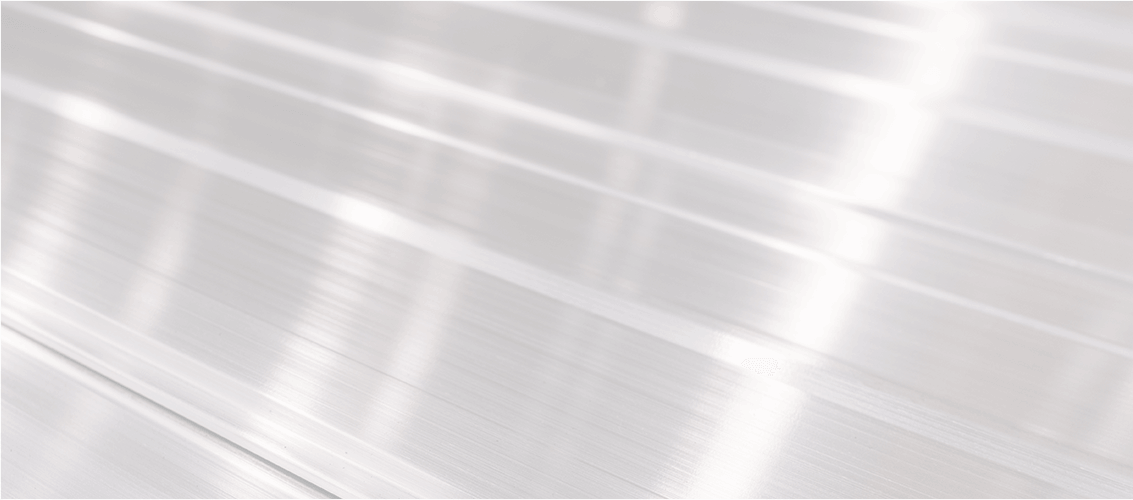Have you ever been in a situation where you needed cutting oil for a small project like tapping, drilling, milling, or turning, but you didn’t have the right oil for the task? Combining anti-seize with penetrating oil can be a practical DIY cutting oil solution. While it has some limitations compared to commercial cutting fluids, it can work in a pinch—especially for hobby machinists, DIYers, or those handling occasional home metalworking tasks.
WHAT TO EXPECT:
Lubrication and Friction Reduction
- The mixture of anti-seize and penetrating oil offers decent lubrication for light to moderate cutting tasks.
- Anti-seize reduces friction in threads and between surfaces, improving tool life and thread quality.
- Penetrating oil enhances fluidity, helping the mixture reach tighter spaces and go deeper into the threads during tapping operations.
Temperature Range
- Anti-seize compounds—especially those containing copper, aluminum, or nickel—handle high temperatures well.
- This makes the mixture useful for machining operations in high-heat applications or on heat-resistant alloys.
- However, because penetrating oils are typically volatile, they may evaporate quickly at elevated temperatures, making the mix less thermally stable than dedicated tapping fluids.
Improved Thread Cutting
- Anti-seize helps prevent galling, welding, and seizing, especially when working with softer or reactive metals like aluminum or brass.
- The mixture’s slight thickness and stickiness allow it to stay on the cutting teeth longer, providing longer-lasting lubrication during use.
- This can lead to smoother cuts, cleaner threads, and reduced tool wear over time.
SUGGESTED MIXING RATIOS:
- Add a small amount of anti-seize compound to a small dish or container, then slowly stir in penetrating oil until you reach the desired consistency.

- Be conservative at first—it's easier to thin the mix than to thicken it. Aim for a paste that clings to tools but isn’t overly greasy.
- For hard metals like Inconel, titanium, or stainless steel (up to 45 Rockwell hardness), use a higher ratio of anti-seize to penetrating oil—or consider switching to a dedicated cutting fluid for best performance.
- For softer materials like aluminum, brass, or mild steel, use more penetrating oil and less anti-seize for better flow, less mess, and easier cleanup.
- Apply the mixture with an anti-seize applicator brush or an acid brush, applying it directly to your drill bit, tap, or other cutting tool.

choosing the right cutting fluid for different apPlications:
This DIY cutting fluid is not only useful for tapping but also for drilling, milling, turning and general-purpose machining. It provides a budget-friendly option for light-duty or occasional use.
However, for regular or high-precision metalworking tasks, it's worth investing in a dedicated tapping or cutting fluid. Commercial products are engineered for optimal heat dissipation, lubrication, and chip evacuation across a wider range of materials and machining conditions.



